CSCI 444/544 - Advanced Computer GraphicsLiam Stacy ~ Spring 2021 |
|
ZAGREUS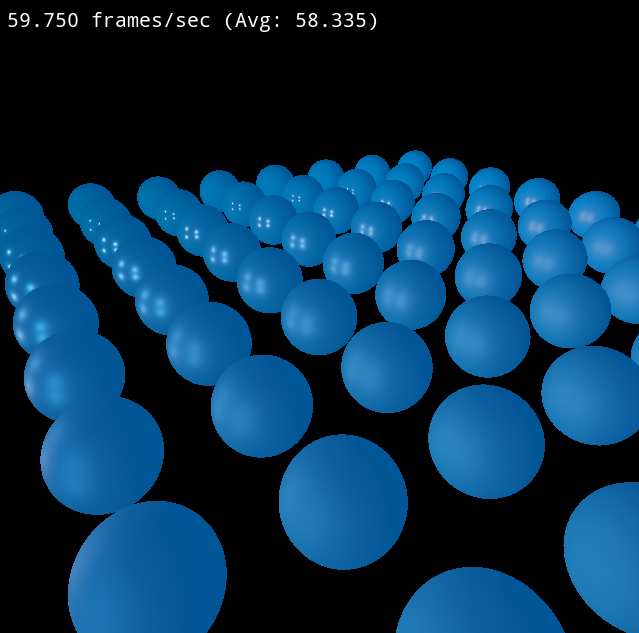

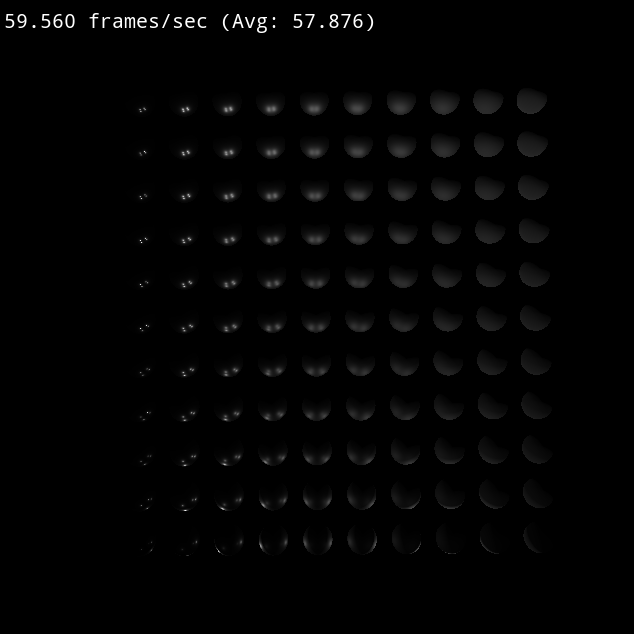
FPUpon running the program, the user will be a grid-like view comparing metallicness and roughness on similar surfaces. There are multiple materials that can be applied, those of which can be found in the key actions. Toggling to the other option showcases 4 different materials: iron, gold, red rubber and red plastic. While our ultimate goal was to accurately model translucent objects, we are still satisfied that we were able to accomplish general PBR utilizing a BRDF.
A4This M was rendered using the POV-Ray application. There are many effects going on here - reflection/refraction/fresnel, perlin noise (clouds), the rainbow and ripples in the water.
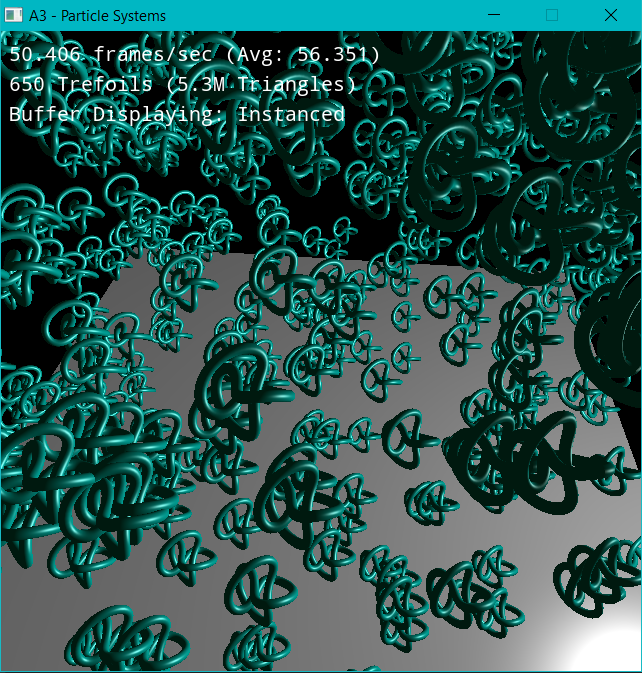
A3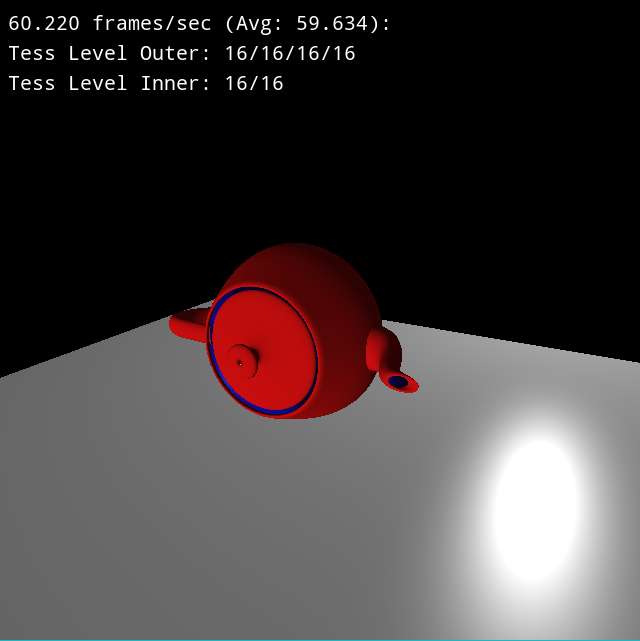
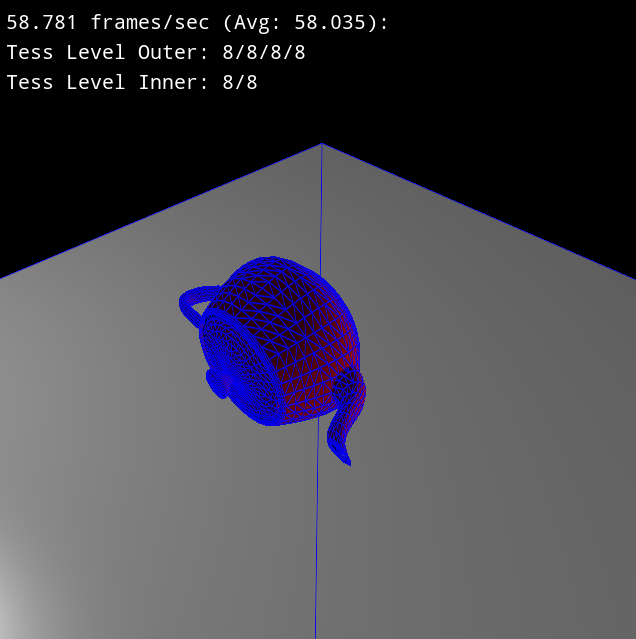

 This program renders a trefoil particle system, and can render with different techniques. There is single-pass rendering (works), instancing (works), deferred shading (does not work) and dancing particles using a XBO (does not work). A2There's a lot going on in this program. This program renders a tesselated teapot, and can use either phong shading, or perlin noise generation (marble texture). There is also a toggleable wireframe and control points option available. We can also toggle different objects in the scene.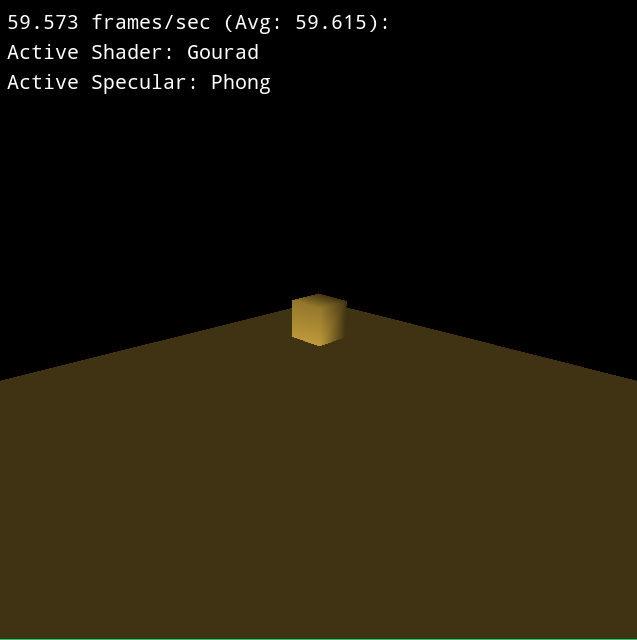
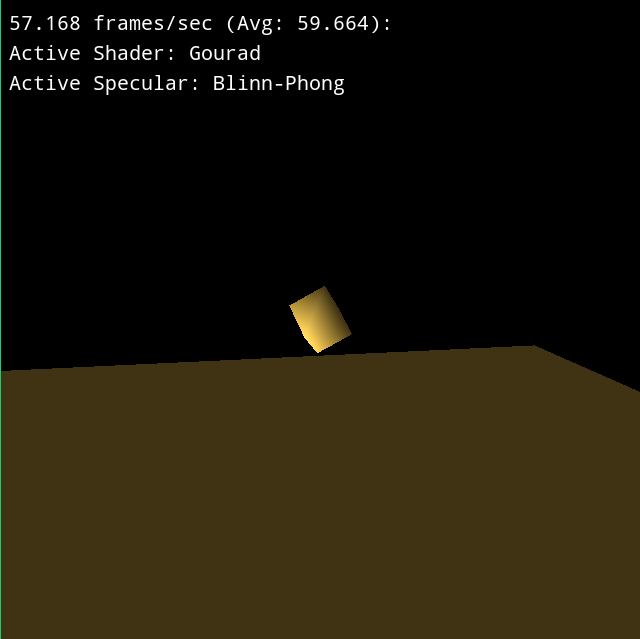
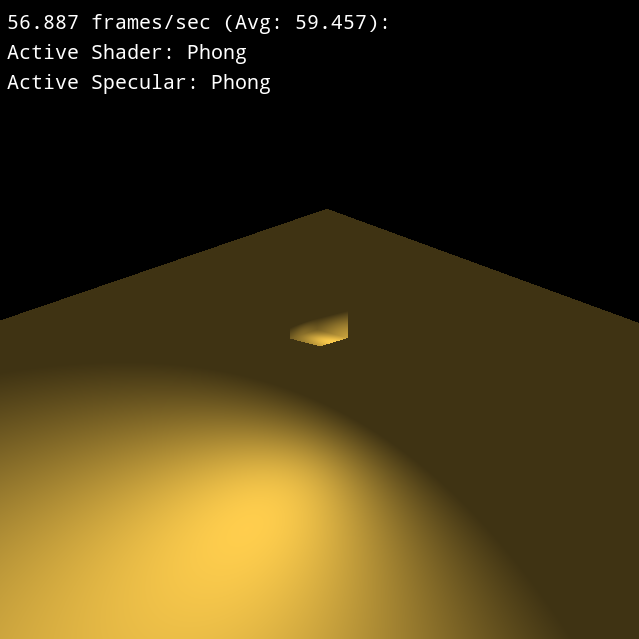
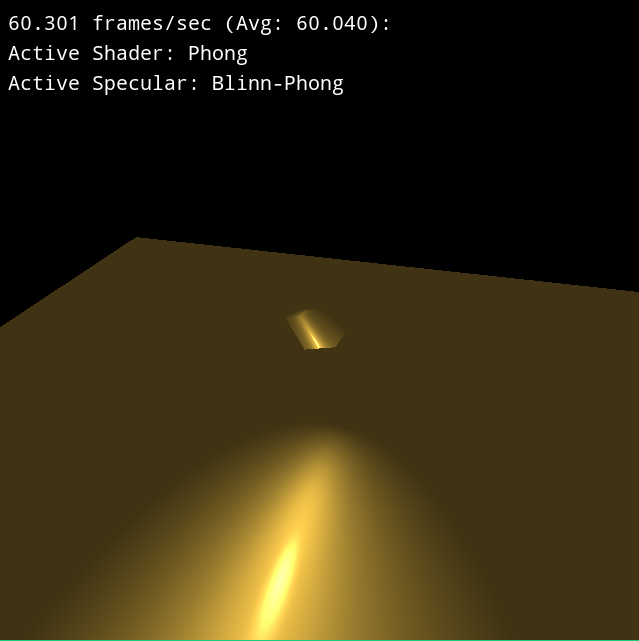
A1This program utilizes two different kinds of shading (Gourad and Phong) and two different types of specular illumination (phong and blinn-phong), featuring a golden plane and golden cube in space. | |